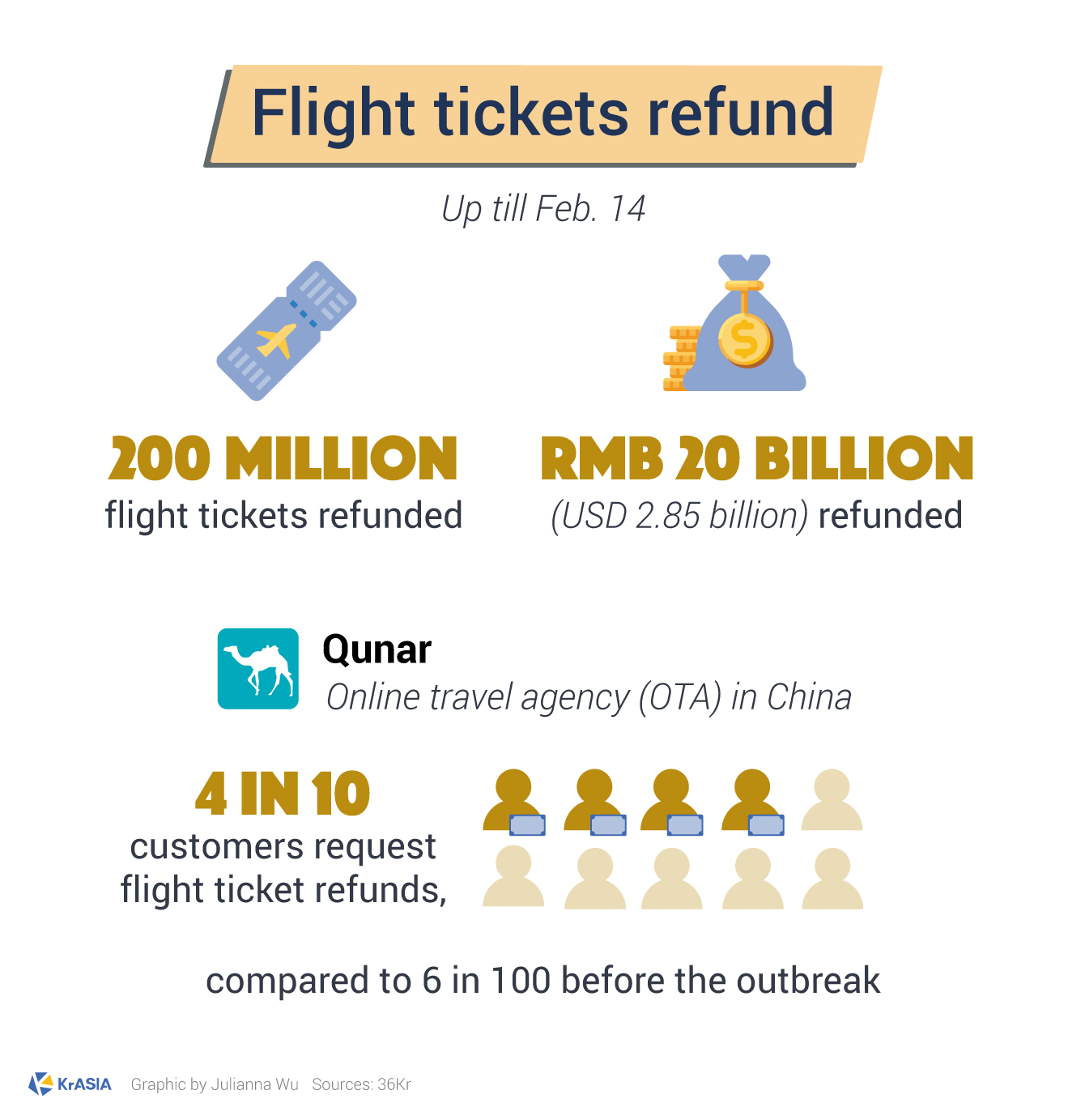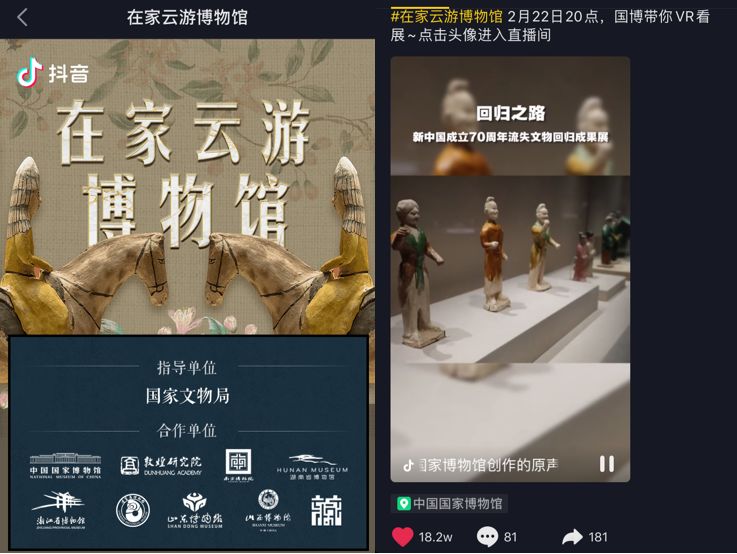The coronavirus outbreak put a damper on China’s many a business sector, some of which bearing a severe hit are the country’s travel and transportation industries as the current nation-wide quarantine, the largest ever in human history, restricts many Chinese from travelling.
As a result, airfare in the country has been experiencing a vertiginous drop. For instance, some flight ticket that usually cost one thousand renminbi or so are now sold at only one tenth of its previous price.
“Flight tickets are now cheaper than a meal, and of course, cheaper than N95 masks,” ironic discussions like this erupted on Weibo, China’s Twitter, as more and more people started to notice the massive price cut on domestic flights.
What’s under the hood of the airfare serendipity, is a beleaguered China travel industry caught in the fallout of the still spreading COVID-19 epidemic. The country’s travel industry, involving OTAs, airlines, and railroads, etc, are pulling out all stops to resume their businesses.
A holiday without travelers
Chinese New Year holiday is one of the two “Golden Weeks” in China—the other one is the National Day holiday—for the country’s tourism and transportation sectors, as many working-class Chinese will take the whole week off to either travel back to their hometown or major scenic spots across the country. However, this year’s epidemic outbreak disrupted that tradition, leaving cities, airports, and streets empty, after locking 99.4% of potential domestic tourists in their own homes.
Now, almost two months into the epidemic outbreak, after the first case was diagnosed in December 2019, China’s tourism industry is dealing with an estimated daily loss of RMB 17.8 billion (USD 2.54 billion) mostly due to the quarantine lockdown.


Travel agencies bear the hit
For many OTAs in China, the business halt caused by the lack of customers is just one of many other problems they need to worry about that.
Other than the short revenue inflow, they are also shouldering the cost of flight tickets refunds as ordered by the Civil Aviation Administration of China, which poses further challenges to their cash flow.
For instance, Qunar, one of China’s biggest OTAs, saw its flight ticket refund rate spiked to 40% after the announcement, meaning 4 in 10 customers are canceling their trip and asking their money back, compared to a meager 4% average refund rate during the same period last year.
Investment bank J.P.Morgan estimates that Trip.com, China’s biggest OTA group, will face a 50% drop in its 2020 first quarter, and a 21% year-on-year drop in the whole year’s revenue due to the epidemic.

Industry leaders offering help
“Travel is one of the hardest-hit industries during this coronavirus outbreak. Based on historical precedence (i.e. SARS in 2003), it only temporarily suppressed travel demand, and the recovery pace could be very fast once the epidemic comes to an end,” said J.P.Morgan’s Asia Pacific Equity Research report released on February 20.
To help each other overcome the tough situation, Trip.com has set up an RMB 1 billion (USD 140 million) fund to aid hotel operators, travel agencies, and other tourism-related businesses on its platform.
Alibaba’s Fliggy, one of Trip.com’s local archrivals, is also helping the tourism sector weather through the difficulties. Typically, it’s hard for travel businesses to apply for bank loans due to some of the travel industry characteristics such as long investment cycles and insufficient collateral. Fliggy, working together with local banks, is using its assessment of travel businesses to assist them in seeking unsecured loans and low-interest loans to the tune of around RMB 500 million as of now.
Also, amidst the long quarantine, local museums and galleries, national parks, and other tourist attractions have gradually adapted to tech to make something good out of a bad situation. They are now embracing live-stream, short videos, and other online methods to promote their businesses.
As a result, a topic named “Pretend I’m traveling” went trendy on Weibo, China’s equivalent to Twitter, with hundreds and thousands of bored quarantined netizens virtually visiting tourist spots through online technologies.

As gloomy as it seems to be right now, the coronavirus specter looming on China’s tourism sector wouldn’t last longer than a year, according to Guotai Junan Securities latest report, in which they analyzed industry data before and after the 2003 SARS outbreak to reach their prediction.
On the flip side of the coin, according to a 36Kr analysis, the industry reshuffle might help improve the country’s tourish industry by weeding out companies with operational and financials risks that could not pull through the difficulties.
As Darwin once concluded, the survivals are those most adaptable, and the adaptable ones are expected to be able to provide better services, comparing to those who aren’t able to overcome any challenges, when the country eventually presses on the restart button for its travel industry.
36Kr is KrASIA’s parent company.
This article is part of KrASIA’s “Tech Panorama” section, where KrASIA’s reporters dig deep into China’s internet & business phenomenons in the form of graphical narrative.
